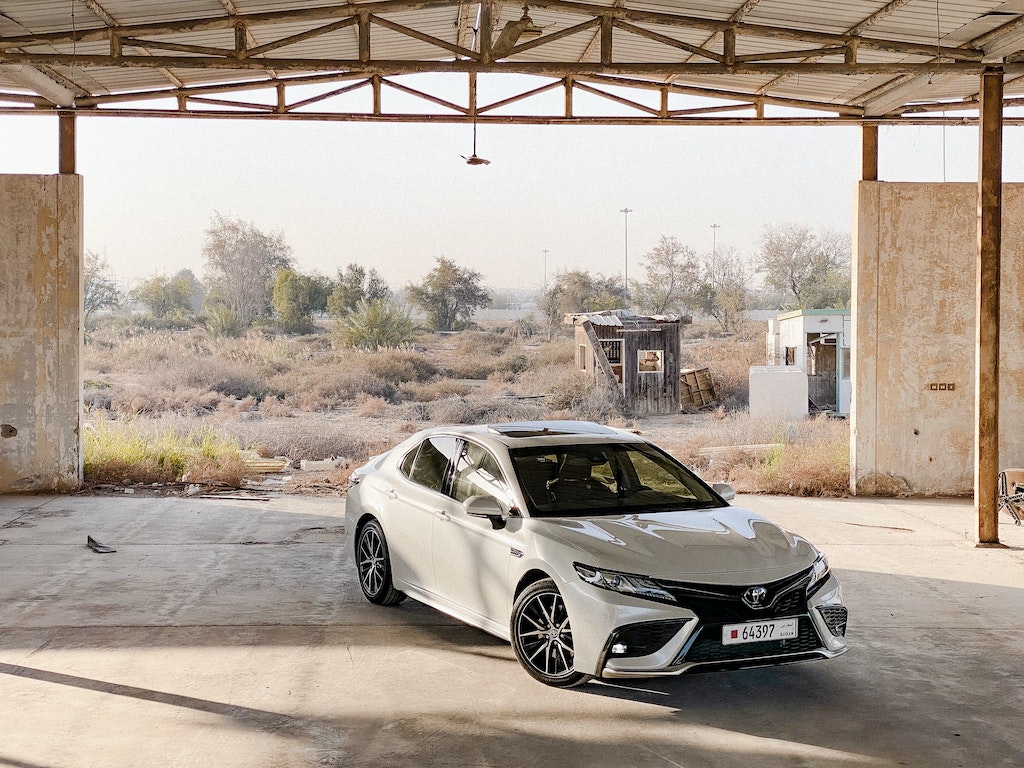
Sedans are on the way out, and it’s a shame.
Sedans used to be the best since sliced bread—they were spacious, had lots of room for people and their stuff, and could get great gas mileage. But now? They’ve taken a backseat to small SUVs and pickup trucks.
The good news is there are still a few stellar sedans for sale that are comfortable, fuel-efficient, and fun to drive!
This guide teaches you how to buy a sedan the right way.
Benefits of Sedans
– They are typically more fuel-efficient than SUVs.
– They come in a variety of prices and sizes.
– The emphasis is on handling and ride comfort over utility.
– Many come with all-wheel drive.
Types of Sedans
– Midsized sedans
They are still reasonably well-liked, with market veterans like the Toyota Camry, Honda Accord, Hyundai Sonata, Nissan Altima, and Subaru Legacy leading the pack. The models provide a wide range of options to appeal to buyers.
The most common configuration is front-wheel drive. To increase fuel efficiency, the majority of manufacturers even provide hybrid options. The most common engines are four-cylinder, but hybrid options significantly improve fuel efficiency.
– Large sedans
This is the smallest sedan segment. Buyers looking for lots of interior space and a smooth, quiet ride but want to avoid paying luxury car prices will find good value in this vehicle. Toyota recently introduced the Crown, a vehicle that is higher than a sedan but lower than an SUV, has a swoopy roofline at the back, and is available exclusively as a hybrid. AWD is standard.
– Luxury sedans
Prices start in the mid-$30,000s and go up to well over $50,000. While these models may provide more comfort, power, and room, top-trim mid size sedans frequently offer comparable luxury for the same price. The all-electric Tesla Model 3 fits into this category, with a cruising range of 310 to 350 miles.
Most luxury coaches can be lavishly outfitted with plush interiors, powerful engines, all-wheel drive, and nearly every luxury amenity imaginable. Turbocharged four-cylinder engines are now standard on base trims, and hybrid options are available.
Considerations for Sedan Buyers
– Seating
Although marketing materials claim that most sedans can seat five passengers, most sedans are only comfortable for four. Naturally, larger models offer significantly more head- and legroom, especially for passengers in the back seats.
– Engines and fuel efficiency
Four-cylinder engines are generally more fuel-efficient than V6 engines, and some of the most recent four-cylinder sedans balance fuel efficiency and power quite well. Manufacturers have recently begun combining turbocharging with four-cylinder engines to improve performance. This segment also offers regular hybrids and plug-in hybrids.
– Cargo
Trunk sizes vary significantly between models. Some of them can hold a week’s worth of groceries, while others are only useful for a limited number of things due to their awkward shapes, high lift-overs, and intrusive hinges. Some manufacturers have released four-door hatchback models in recent years. With this body type, one portion of the rear seat can be folded for storage while a passenger can still sit in the other. Hatchbacks have a more limited rear view.
– Technologies for driver assistance and safety
Consumer Reports’ safety ratings consider crash-avoidance capabilities and crash-test results from the federal government and insurance industry. All vehicles should come equipped with the crash-avoidance technologies forward collision warning (FCW), automatic emergency braking (AEB) with blind spot warning (BSW), and pedestrian detection.
– Drive wheels
Nowadays, the vast majority of sedans are front-wheel drive. Because of the space efficiency of a front-drive design, a car can have a smaller engine compartment and a flatter floor, allowing for more space inside for passengers and cargo. It’s also helpful in getting started in slippery conditions. AWD is almost always available in every sedan segment but not in every model.
